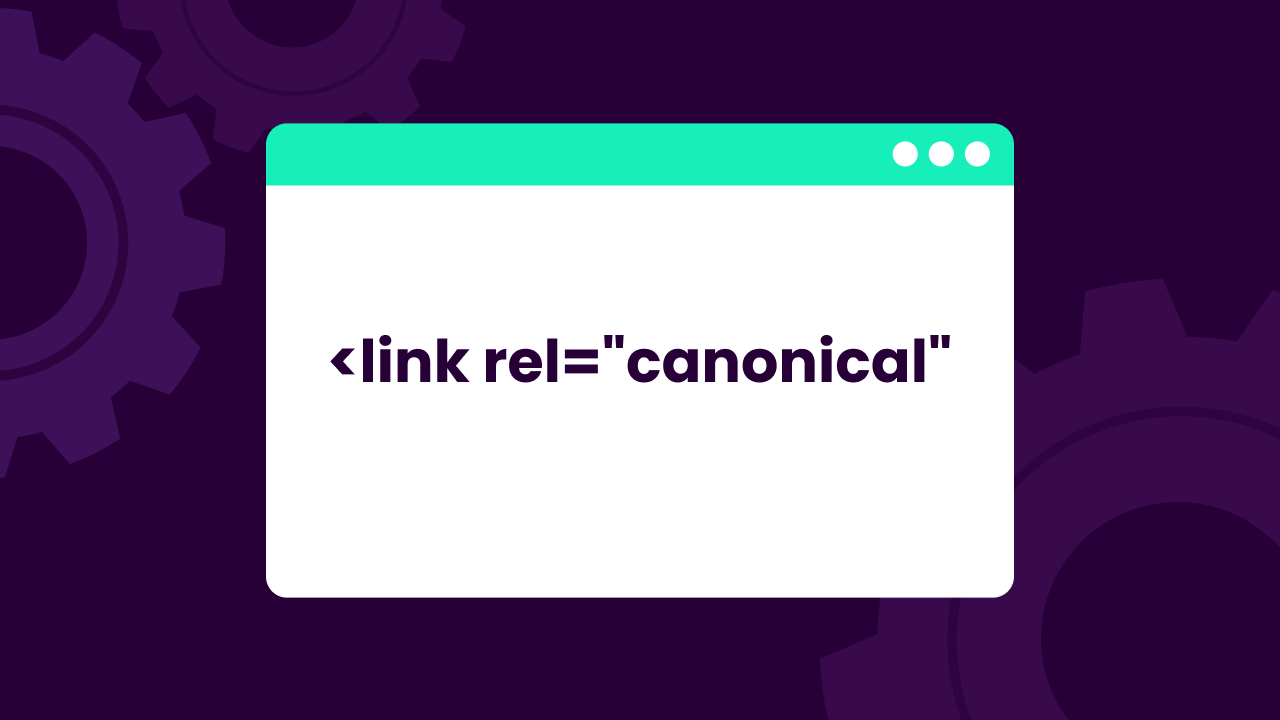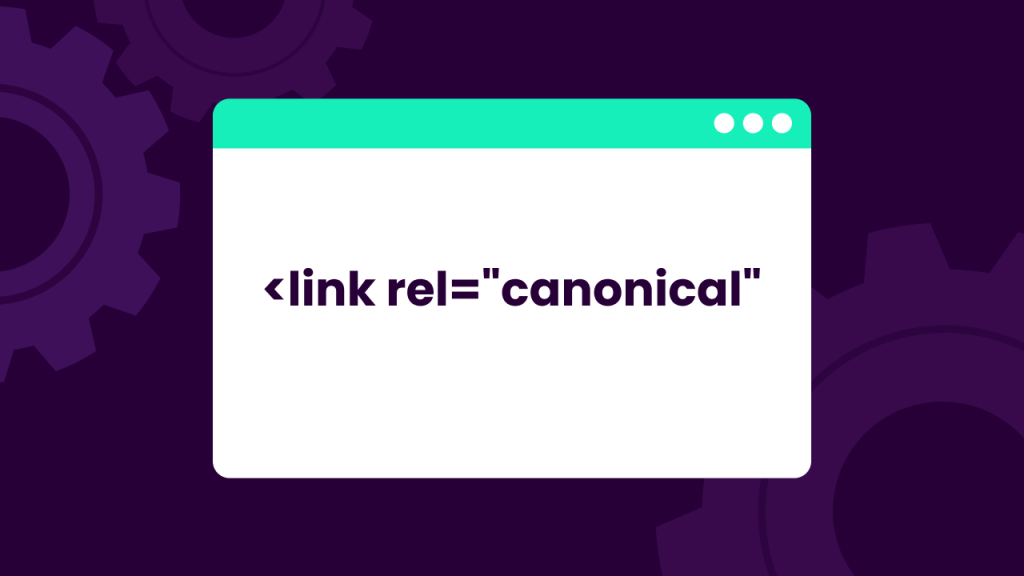Conversion rate is one of the most important metrics for any business – after all, if you’re not making conversions, you’re not making money.
In this article, we’ll discuss what a conversion rate is, why it’s important to measure and optimize, and how to do just that.
We’ll also take a look at some of the different ways to measure conversion rates so that you can get an accurate picture of how well your website is performing. Keep reading to learn more!
What Is a Conversion Rate?
A conversion rate is the percentage of visitors to your website who take a desired action.
For example, if you’re an e-commerce store, your goal might be to get people to add items to their cart and complete a purchase.
Your conversion rate would be the percentage of people who add items to their cart and complete a purchase out of the total number of people who visit your site.
Conversion rates are important because they give you a way to measure how effective your website is at achieving its goals.
If your conversion rate is low, it means that people are coming to your site but not taking the actions you want them to take.
This can be due to many factors, such as a confusing or ineffective website design, poor copywriting, or a lack of compelling offers.
Whatever the reason, low conversion rates can be a major problem for businesses – after all, if people aren’t converting, you’re not making money.
Why Measuring Conversion Is Important?
Measuring conversion rates is important because it allows you to track your progress and identify areas where your website needs improvement.
If you don’t measure your conversion rate, you won’t know if the changes you’re making to your website are having an impact.
Furthermore, measuring conversion rates can help you benchmark your performance against other websites in your industry.
This can give you a good idea of where you stand in terms of conversion rate optimization and what you need to do to improve.
What is a good rate?
This varies from industry to industry, so it’s important to benchmark your conversion rate against others in your space.
For example, the average rate for e-commerce sites is around three percent.
However, this number will be higher or lower depending on the specific industry.
The bottom line is that you need to know what a good conversion rate is for your industry so that you can set realistic goals.
What is conversion rate in digital marketing?
The conversion rate in digital marketing is the percentage of people who take a desired action out of the total number of people who see your ad or visit your website.
For example, if you’re running a Facebook ad campaign, your conversion rate would be the percentage of people who click on your ad and take the desired action (such as making a purchase) out of the total number of people who see your ad.
What is conversion rate in social media?
The conversion rate in social media is the percentage of people who take a desired action out of the total number of people who see your post or visit your profile.
For example, if you’re running a Twitter campaign, your conversion would be the percentage of people who click on your link and take the desired action (such as signing up for your newsletter) out of the total number of people who see your tweet.
They’re are important because they give you a way to measure how effective your social media campaigns are at achieving their goals.
How to improve your conversion
There are many things you can do to improve your rate.
Some of the most effective include:
– Optimizing your website design
– Working in your SEO
– Creating compelling offers
– Writing effective copy
– Improving your overall user experience
– A/B testing
Each of these topics could be its own blog post (or even series of blog posts), but here are a few quick tips to get you started:
– Use strong calls to action: Tell people exactly what you want them to do, and make it easy for them to do it.
– Make your forms short and sweet: The longer your forms are, the less likely people are to fill them out.
– Use images and videos: People are more likely to convert if they can see what they’re getting.
– Offer something valuable: Whether it’s a discount, a free trial, or simply helpful information, give people a reason to convert.
How to measure conversion
There are a number of ways to measure conversion rates.
The most common is to use Google Analytics.
To do this, you’ll need to set up goals in Google Analytics and then track the progress of those goals over time.
Other ways to measure conversion rates include using heat maps, recording user sessions, and conducting surveys.
No matter which method you use, it’s important to track your conversion rate over time so that you can see whether or not your efforts are paying off.

Best Conversion Rate Optimization Tools
There are several great tools you can use to help optimize your conversion rate.
Some of our favorites include:
– Hotjar
Each of these tools offers something different, so it’s important to choose the one that’s right for your needs.
Optimizely
For example, Optimizely is a great tool for A/B testing, while Google Analytics can help you track your conversion rate over time.
Crazy Egg
Crazy Egg provides heat maps that show you where people are clicking on your website, and Hotjar offers user session recordings so you can see how people are using your site.
UserTesting
UserTesting is a great tool for conducting surveys to get feedback from your users.
Conclusion
Conversion rate is an important metric to measure and optimize to help improve the effectiveness of your website or digital marketing campaign.
By understanding what conversion rate is, how it’s measured, and how to improve it, you can make sure that more people are taking the actions you want them to take.
Keep tunned on our articles to learn more how to improve your conversions trough digital performance!












